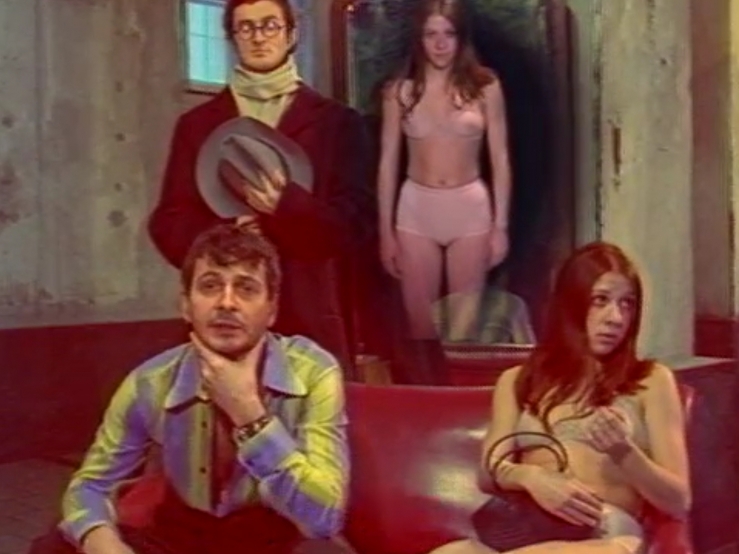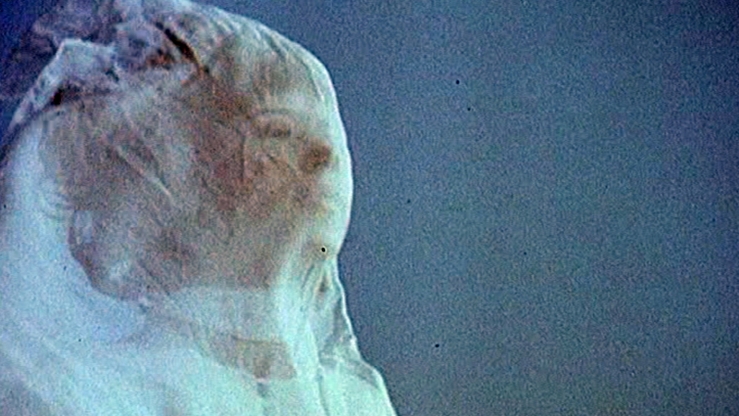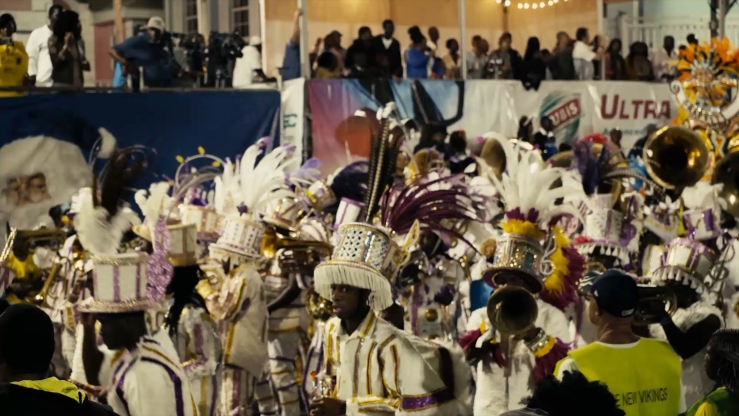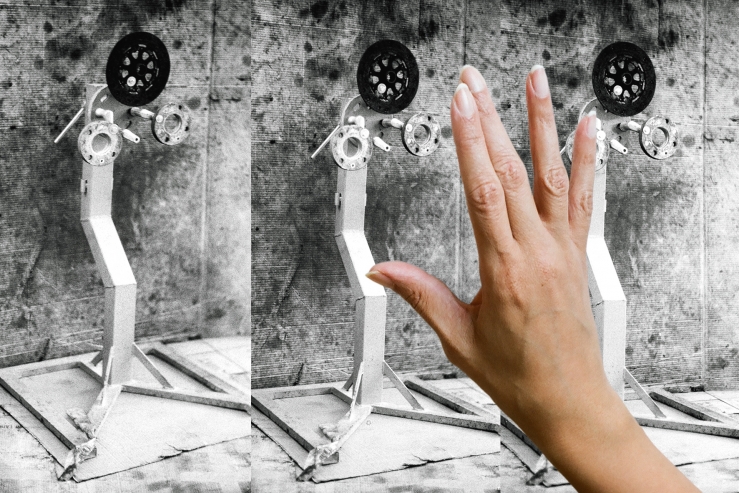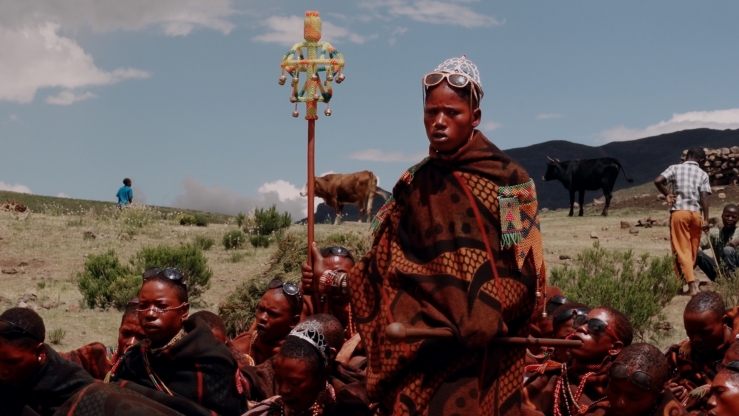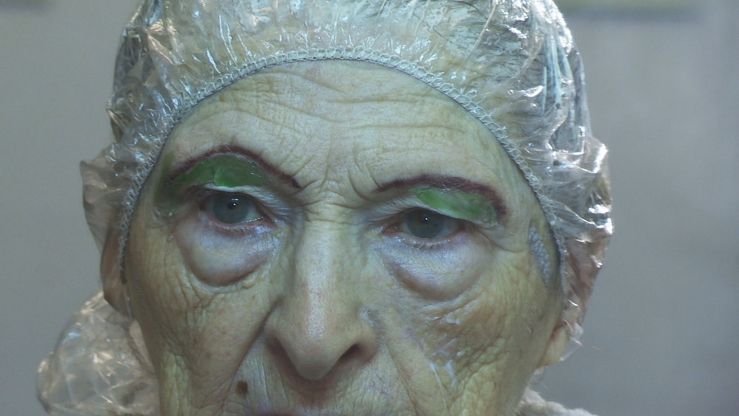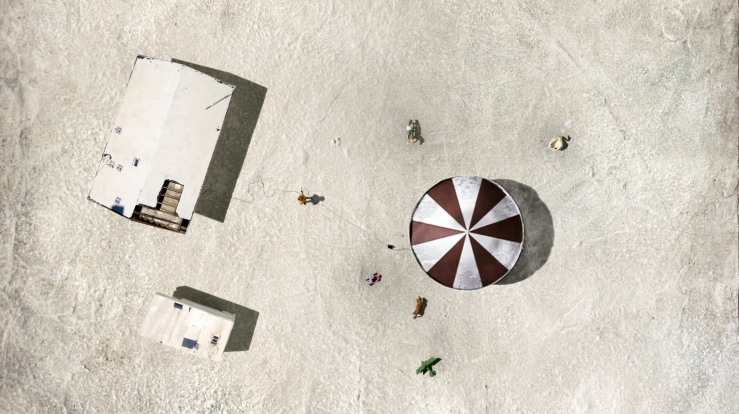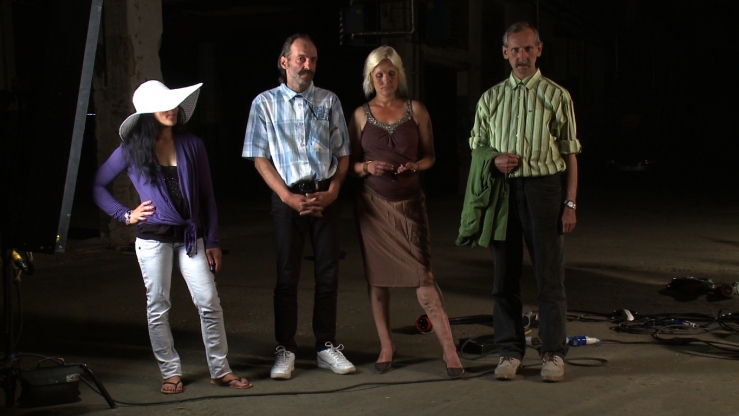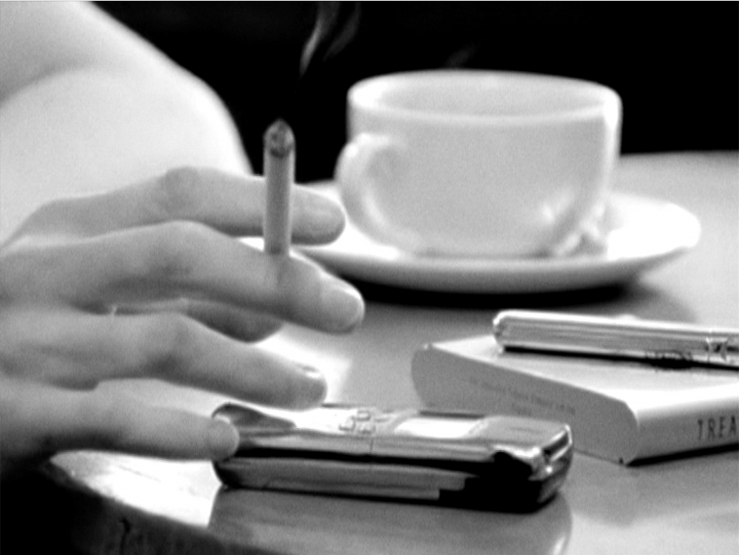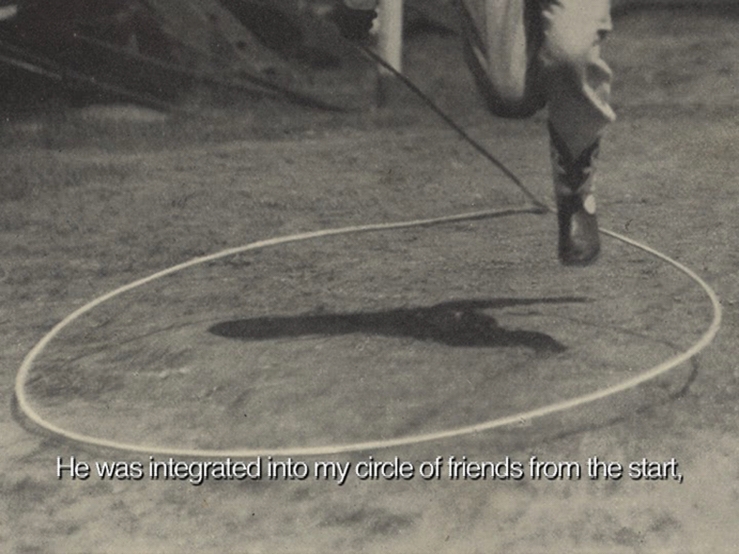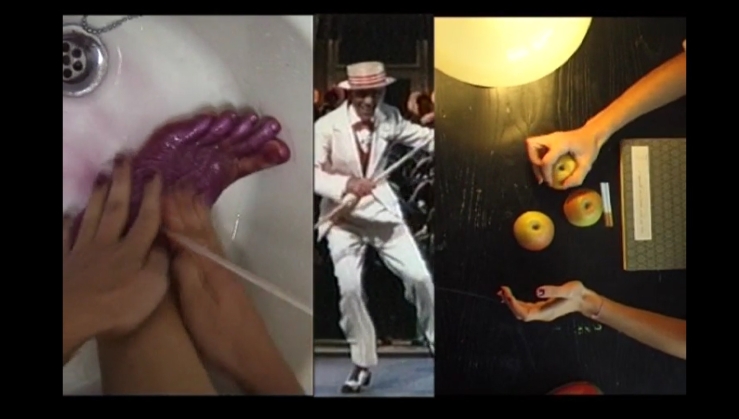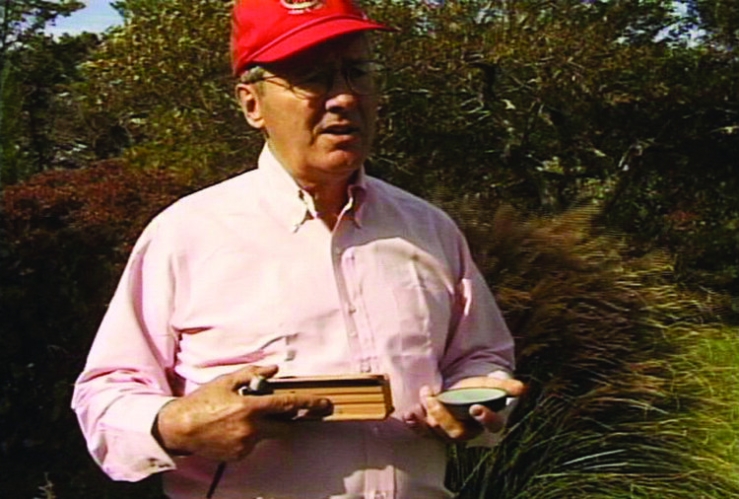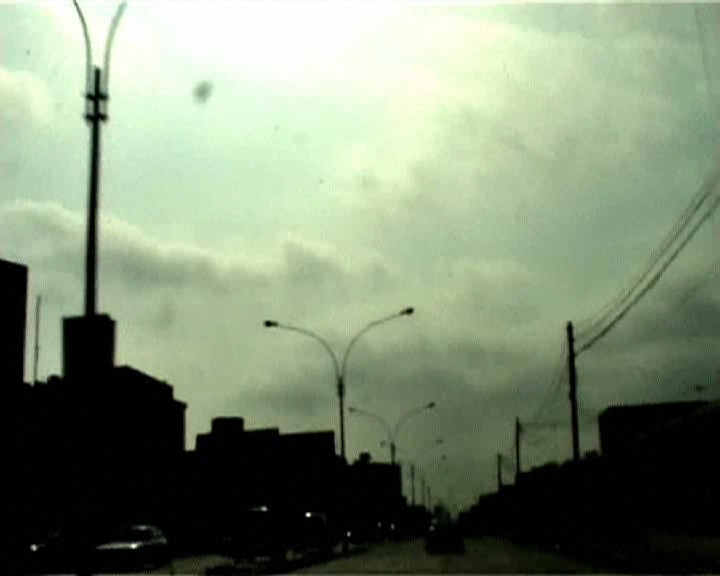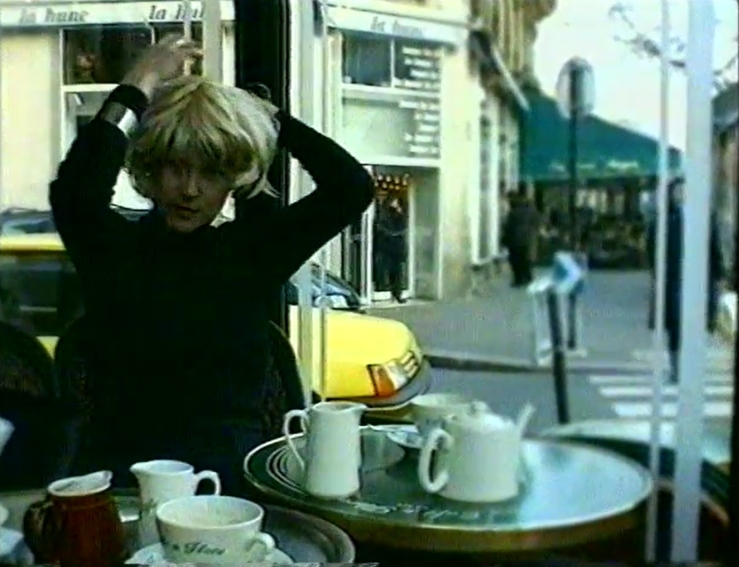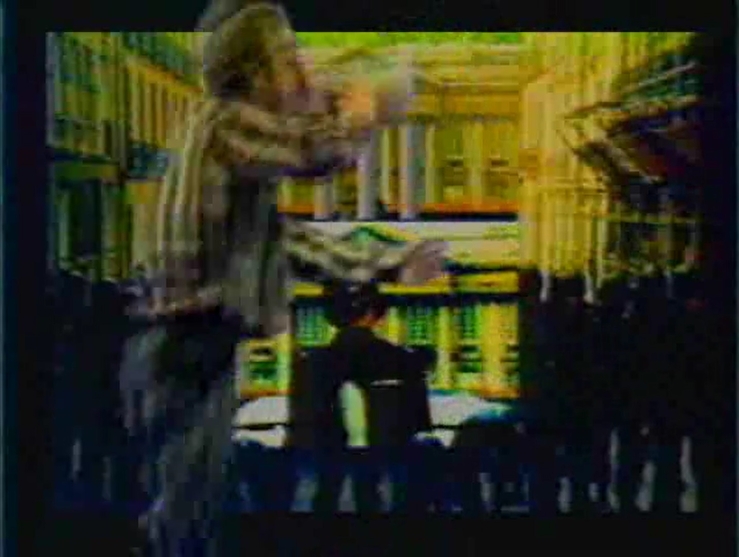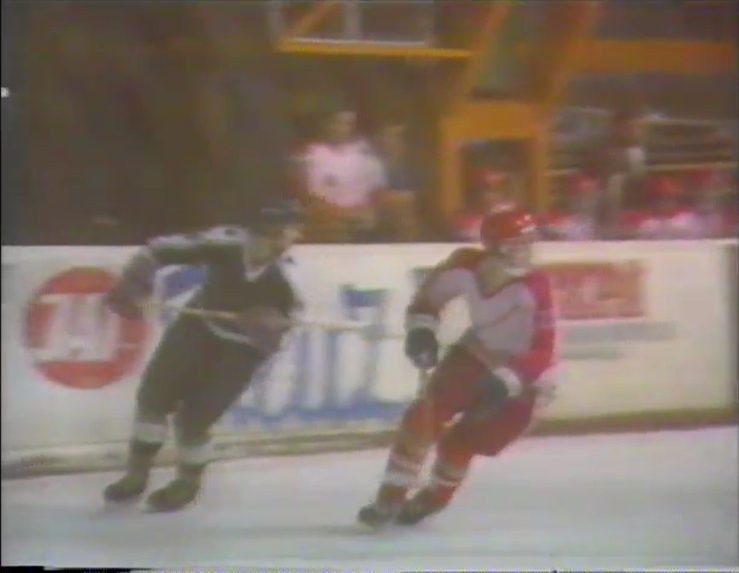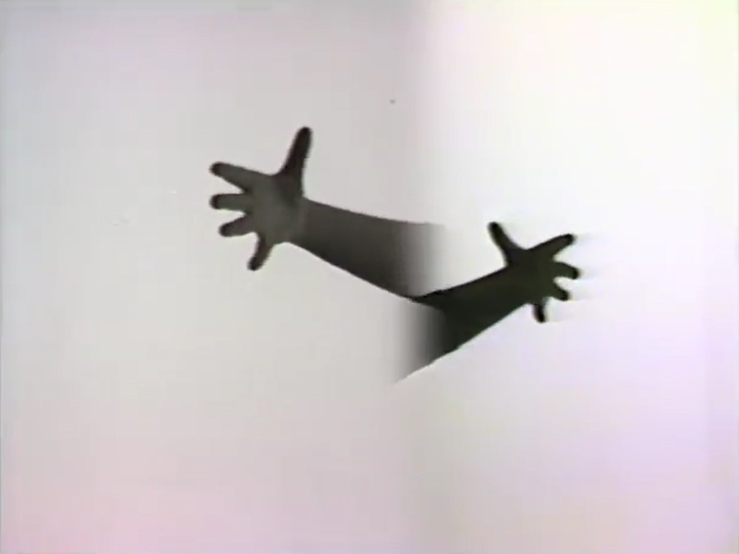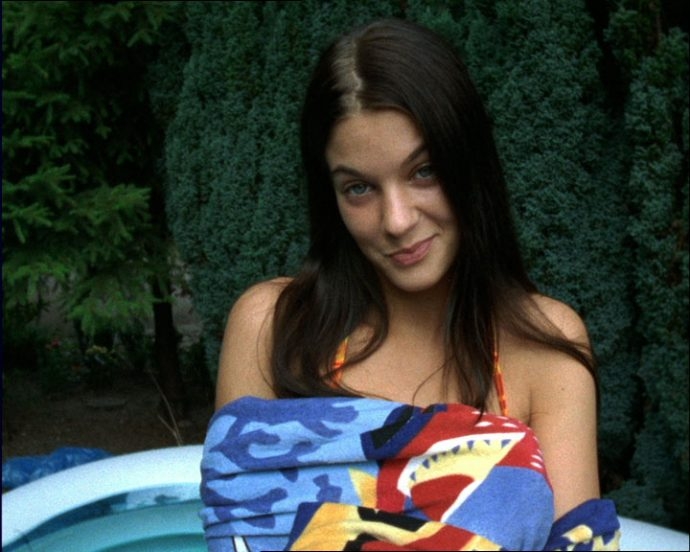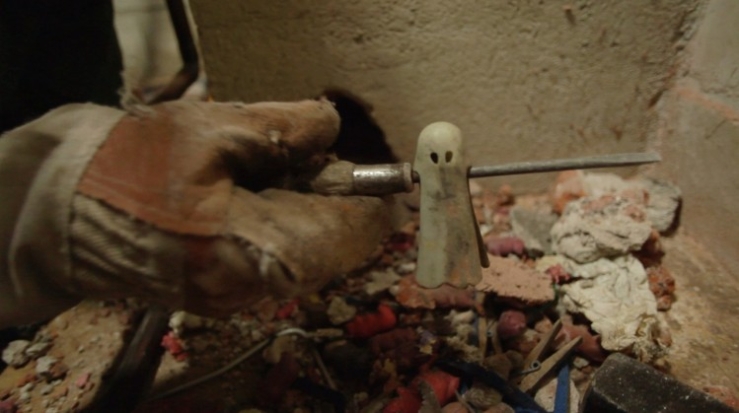Double Exposure
Double Exposure is a cinematographic inquiry into the relationship between history and present, past and future, utopia and dystopia. These notions coexist in Slavutych, the last ideal city built by the Soviet Union in northern Ukraine.
Slavutych was purposely built shortly after the catastrophic accident of the Chernobyl Nuclear Power Plant (1986) to host the many evacuated workers and their families formerly living in Pripyat, now a ghost town. The first settlers arrived in Slavutych in 1988. Today, over three decades later, the economic and social life of the city is still deeply influenced by the nuclear power plant, with many inhabitants commuting daily to work in the monitoring or maintenance of the old structure. As a result of the constant decrease of demand for workers after the plant’s shutdown in 2001, the city is gradually becoming deserted, and its demography is shifting: more than one-third of its inhabitants are now under eighteen years old.
Vaikla’s film reveals the collision between a glorious Soviet past – driven by the pursuit of a socialist utopia – and the present, where that utopia has failed to accomplish the dream.
The film brings together archival footage and filmed images. It follows a small group of athletic teenagers who engage with ease in gymnastic exercises across the city, interacting with the architecture of the last soviet ideal city and with the sport and domestic structures installed in the urban space. At first glance, this activity may seem a reaction to small-city boredom, but it is full of references to the Soviet past, where excellence in sports was deeply tied to political propaganda. How does this complex heritage affect the teenagers’ perception of the present and their idea of the future?
The title Double Exposure refers to the photographic process of superimposing two images to create a single one. Here, it is a metaphor to the synthesisation of the twofold presence of past and future, utopia and dystopia, the feeling of being in a familiar and yet an alien place. Moreover, Slavutych is physically exposed to the double radiation of the sunlight and of the former nuclear plant (located only 50km away), which is still radioactive. Different forces coexist in Slavutych, creating a complex site that the artist (born in Estonia, belonging to the post-Soviet generation herself) approaches through a sharp and detailed observation of the architecture, the infrastructure, and the way its young citizens relate to the urban space. (Vanina Saracino)
Artist statement
My artistic practice is centred around the visual dialectics between image, space and body. In my video work I have addressed image-making as an essential way of encountering and understanding the complexity of “the built”, from its representation to the experience of its users. “The built” as a notion that designates architectural spaces but also the broader human element, those who built them and those who inhabit or will inhabit them.
In my practice I am in constant search for visual language that would not simply observe architecture as aesthetic sculptural form but would also explore the mental and conceptual qualities it can convey. I believe buildings do not only provide shelter, they are also a mental mediation between the world and us. This is why I am so endlessly fascinated in images as heterotopian entities – not just because they point to another place but also because they are in constant dialogue with individuals that embody their atmosphere, structures and sensations. (Ingel Vaikla)
* We can only show an excerpt of this work in the online archive. For the complete version, please contact the artist.
Images: Ingel Vaikla, Double Exposure, 2020 © Ingel Vaikla & VG Bild-Kunst
About the video
About the artist
- 1992 in Tallinn, EST, lives and works in Brussels, BEL.
Studied at the Estonian Academy of Fine Arts, Tallinn, EST, the Royal Academy of Fine Arts, Gent, BEL, and is currently practice-based PhD researcher in Audiovisual and Visual Arts at PXL-MAD, Hasselt, BEL
Insights at Videonale X





